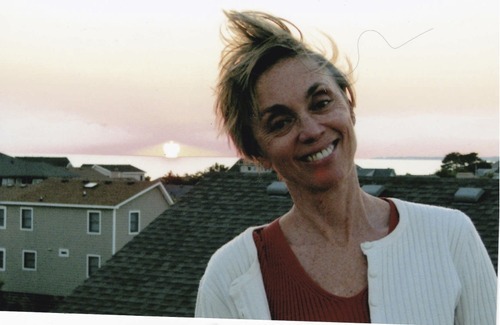From Hope For Today, October 29:
“Now when my son tells me he was teased at school, I pass on my recovery lessons to him as we talk about self-love. I teach him what I have learned in Al-Anon. I help him by suggesting simple ways he can detach. I explain how he can let it begin with him by not retaliating. I help him understand that sometimes he also does things that hurt others and that he can feel better about himself by making amends. Not only has Al-Anon helped heal my past, it’s helping me give my son a healthier future.”
In an excerpt from my recovery memoir, I draw a similar conclusion:
“Angie told me once that she hated NA meetings because pimps, dealers, and strung-out junkies just itching for their next high often attended them. But in her case I don’t think that’s true. I think she didn’t go to meetings because she needed to deal with her addiction her way, and not be told by anyone else what to do: CSR—compulsively self-reliant—just like her mother.
Or maybe she just wasn’t ready to embrace recovery at all, a painful possibility I had not yet considered. I was still determined, at that point, to believe that she was going to beat her addiction and that I, of course, would be the glorious savior she would spend the rest of her life thanking, handing me my redemption on a silver platter.
I would finally, thank God, let go of the oppressive burden I was placing on my daughter by demanding she get well so that I could be OK. My mother unconsciously did the same thing with her children: she was a demanding perfectionist, beating back the pain of self-doubt and unworthiness by raising “successful” children. I’m very glad to have found recovery from my dysfunctional upbringing. It has helped to “relieve me of the bondage of self.” And most importantly, most importantly of all, my recovery has freed my children.”
